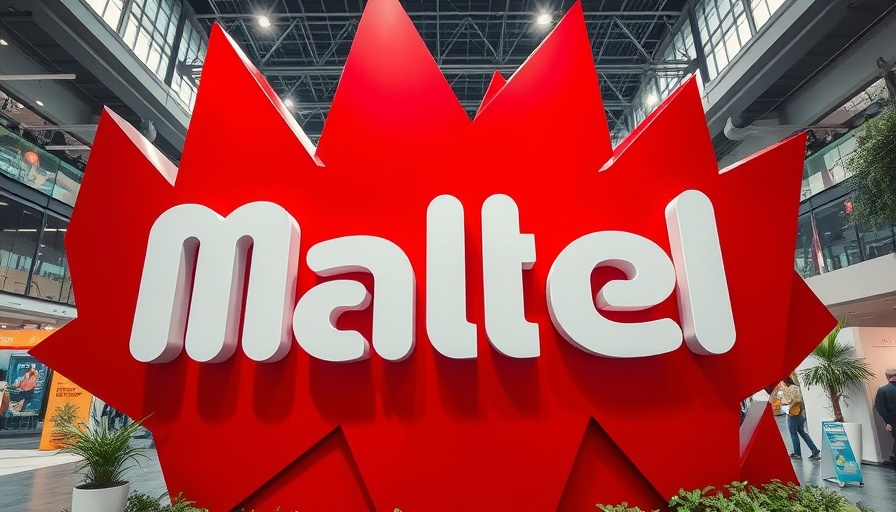
Mattel's Ambitious Plans for the Future of Play
In a surprising move, Mattel has recently entered into a partnership with OpenAI, aiming to revolutionize the toy industry with AI-enhanced products, including the highly anticipated ChatGPT Barbie. However, the toy won't be available by Christmas, leaving many fans disappointed. This collaboration is set against a backdrop of increasing demand for innovative toys that blend traditional play with cutting-edge technology.
What Is ChatGPT Barbie?
The concept of ChatGPT Barbie brings forth an exciting idea: a doll that can engage in conversational AI interactions. Designed to adapt to the user's preferences, ChatGPT Barbie leverages the power of OpenAI’s language models to create a personalized, interactive play experience. This could mean everything from sharing stories, answering questions, to role-playing scenarios, fostering creativity and education through play.
Historically Significant Shifts in Toy Development
The history of toys reflects broader shifts in culture and technology. From the invention of simple wooden dolls to the rise of electronic games, each innovation represents a step toward enhancing children's experiences and learning. The idea of integrating AI into toys isn't merely a fad; it's the next chapter in a narrative that constantly seeks to engage young minds in new and interactive ways.
Consumer Sentiment on AI Toys
However, the launch delay associated with ChatGPT Barbie highlights a common issue in innovation: balancing ambition with consumer expectations. Many parents find themselves grappling with the implications of AI in children's toys. Some celebrate the potential benefits, while others voice concerns about screen time and the impact of AI on child development. Mattel's delayed launch suggests a careful consideration of these divergent viewpoints, ensuring that their offering meets both consumer demands and safety standards.
Comparative Analysis: Other Tech Toys
As the toy landscape evolves, several companies have ventured into tech-enhanced products. LEGO’s recent collaboration with augmented reality apps allows children to build physical structures while interacting with digital counterparts. Similarly, Hasbro has explored AI features in their toys, showing that Mattel is not alone in its pursuit of innovation. This trend emphasizes a larger movement in the toy industry toward developing products that resonate with the digital fluency of today’s children.
The Future of AI in Playtime
Looking ahead, the intersection of artificial intelligence and toy development poses questions about personalization and engagement. As more companies develop AI-integrated toys, parents and educators must consider both the benefits and the challenges, including data privacy and ethical implications. A well-designed AI toy could serve as a valuable educational tool, but it's essential for brands to prioritize transparency and user safety.
Conclusion: A New Era of Play
Although the ChatGPT Barbie won't arrive in time for Christmas, its development signifies an important milestone in the ongoing evolution of play. The collaboration between Mattel and OpenAI may pave the way for a new generation of toys that blend imagination with technology, making playtime not only fun but also informative. As we anticipate further announcements, parents and children alike can be hopeful for what's to come in the world of interactive play.
 Add Row
Add Row  Add
Add 




 Add Row
Add Row  Add
Add 
Write A Comment